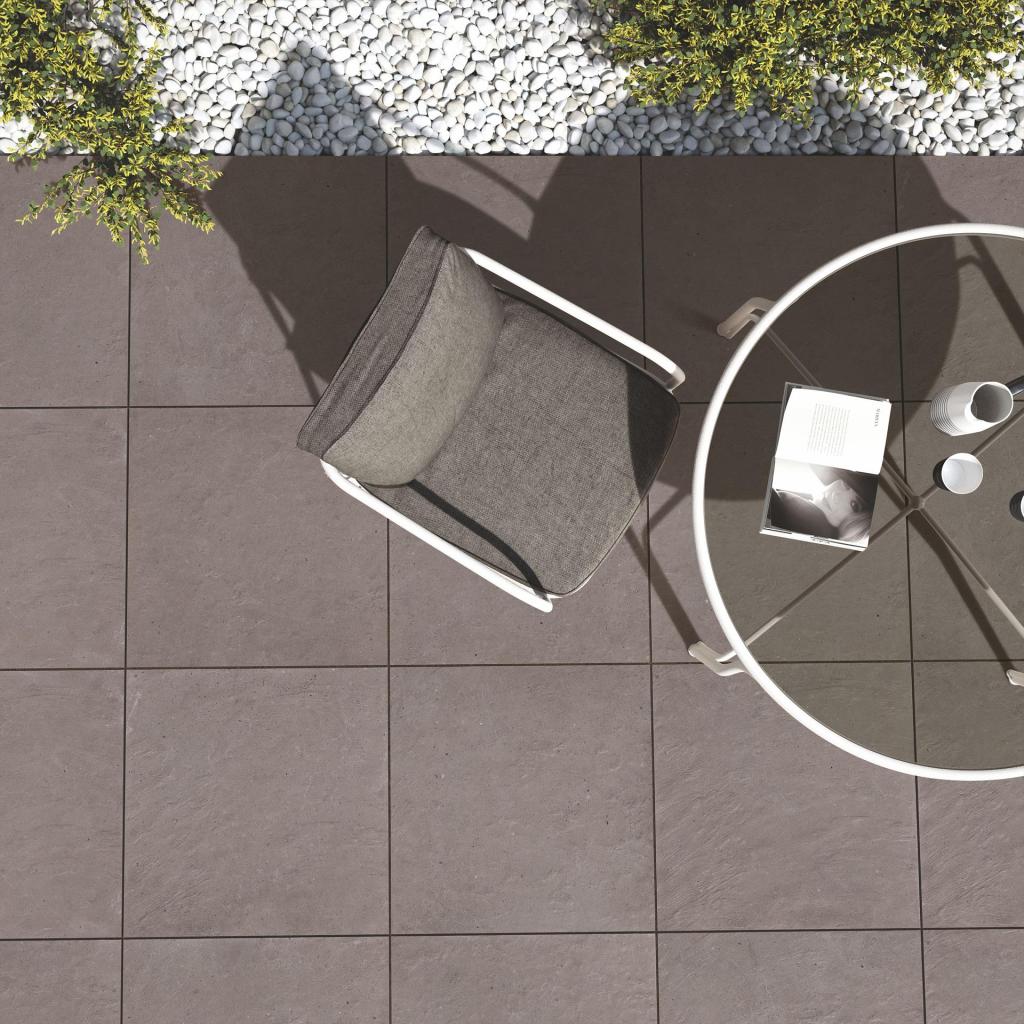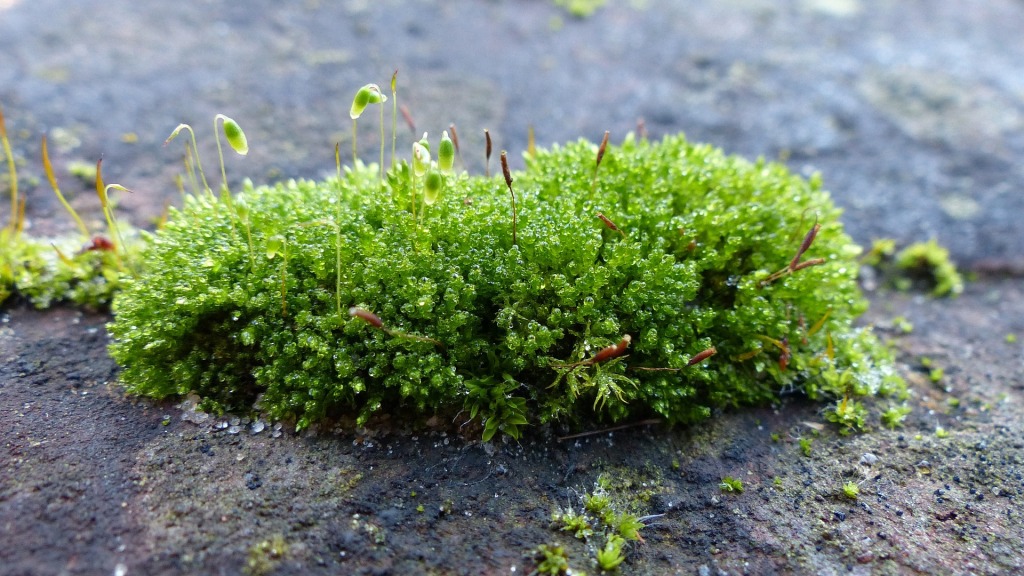
Porcelain tiles are a great option for a patio installation. They’re incredibly robust, resistant to most stains and are very easy to look after. But do they need to be sealed, like stone?
As a general rule of thumb, it’s only polished porcelain tiles that need to be sealed and these aren’t recommended for outdoor installation as they don’t provide any grip underfoot. Porcelain pavers generally have a matt finish and a textured surface; outdoors, wood and stone-effect tiles are the most popular options. However, whilst matt porcelain doesn’t need to be sealed, it will benefit greatly from application of a ‘barrier’ treatment. Tiles that have a textured surface can very easily become stained by grout and installation residues which become trapped in the tile’s high/low surfaces; it’s a particular issue in external applications, where brush-in jointing compounds are often used. Once congested, the texture of the tile is lost along with the tile’s slip resistance. Ongoing maintenance will also be more difficult.
The benefits of a barrier treatment

A quality, pre-grout water-based barrier, like LTP Porcelain Tile Protector, applied before grouting, will help protect tiles from staining and will make the removal of residues easier. It will also make installation easier, as it will improve/increase grouting working times – and a final coat after installation will make ongoing maintenance easier.
How to apply LTP Porcelain Tile Protector
- Ensure that the surface to be treated is completely clean, dry and free from dirt, grime, cement and grout. If necessary, clean the tiles with a dilute solution of LTP Grimex 1:5, using a white pad. Rinse well to remove residues and let the tiles dry.
- Shake the bottle before use. Before grouting, apply evenly to the tile surface using a broad paint brush, foam roller or light pressure sprayer. Allow to dry for 30 minutes.
- Apply a second coat. Leave to cure for a minimum of one hour before grouting or pointing.
- Once grout/pointing is dry, and all residues have been removed, a further coat of protector can be applied covering the tile and joints.
For more advice on stone and tile protection and maintenance, contact LTP’s Technical Team on tel. 01823 666213, email info@ltp-online.co.uk or visit http://www.ltp-online.co.uk






